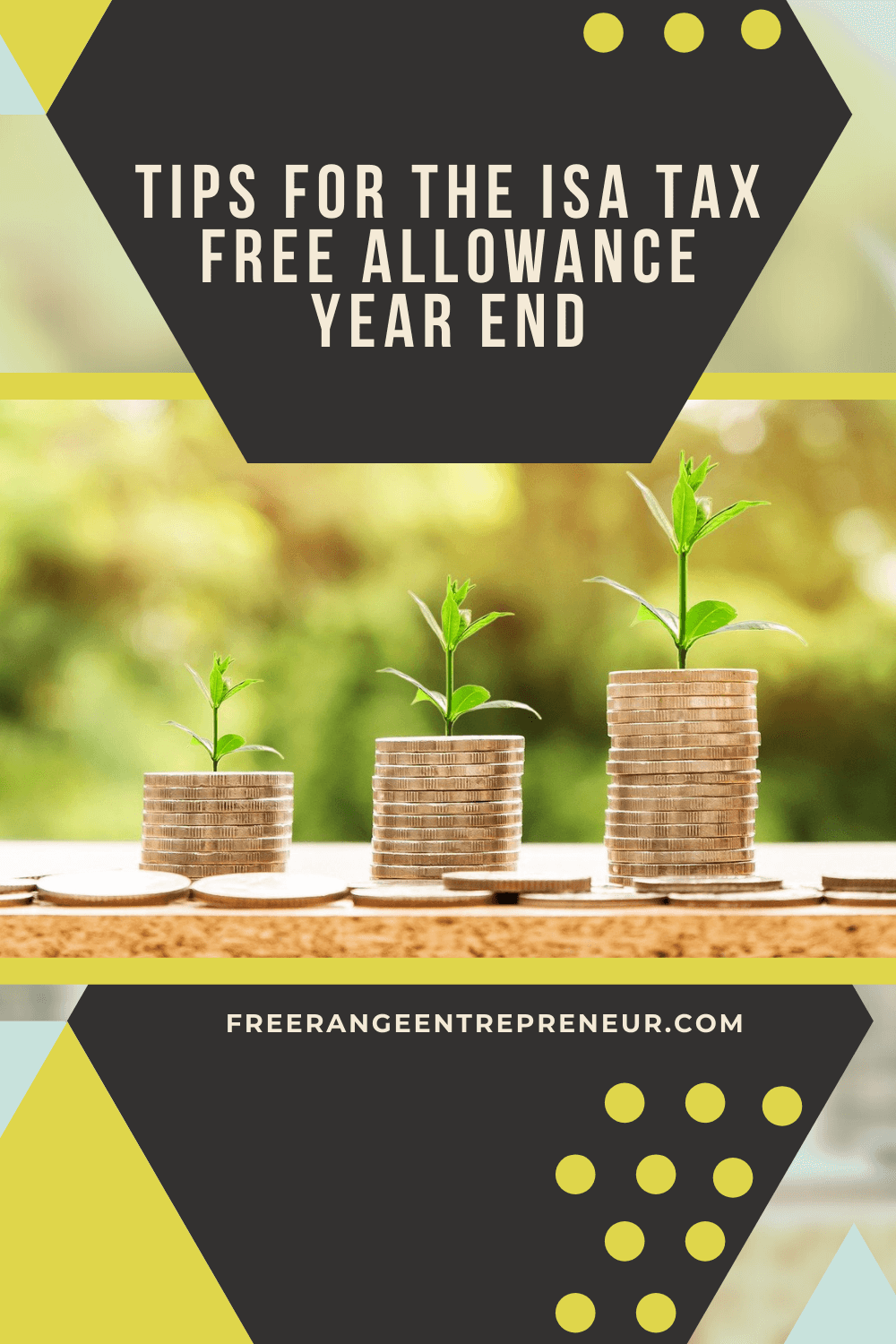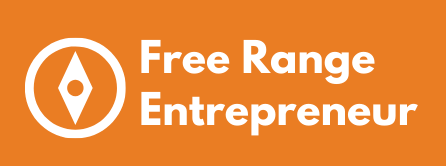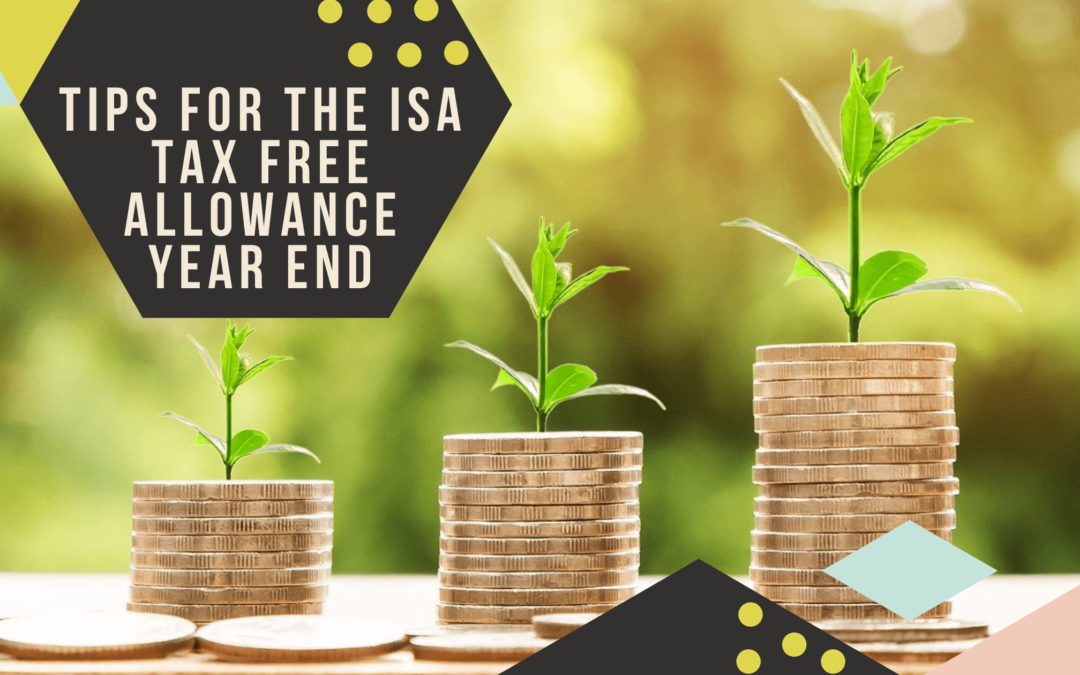Table of Contents
Individual Savings Accounts, better known as ISAs are a great way for UK residents to save and invest tax free while working towards financial independence (FI) or those pursuing F.I.R.E. (Financial Independence Retire Early) lifestyle.
With the financial and ISA tax year coming to a close on the 5th April, it’s time to make sure that you’ve made the most of your ISA tax free allowance of £20,000 for the year and to make the most of your passive investments.
If you’re free range family or digital nomad from the UK you may well be able to take advantage of these tax breaks to make your investments work harder for you.
Keep reading to discover 6 tips that you should be aware of before the new ISA tax year starts on the 6th April to make the most of your ISA tax free allowance.
Maximising your ISA tax free allowance
Each year you can pay money into an ISA up to the allowance limit. This can be done in a lump sum or throughout the year.
Any gains that are made through growth, interest or dividends are tax free. The current ISA allowance for 2020/21 is £20,000 and remains unchanged for 2021/22.
There are a number of ISAs available and you can contribute your whole allowance of £20,000 into a Stocks and Shares ISA, a lifetime ISA, a Cash ISA or a combination of these.
Some have different limits but you can distribute your ISA savings amongst the different accounts, up to the overall allowance limit and based on your financial goals.
However you cannot carry forward any ISA tax free allowance into the next financial year so if you don’t use it, you effectively lose it.
Types of ISA and Annual Allowance
| ISA Name | Investment type | 2020/21 Annual Allowance |
| Cash ISA | Savings account | £20,000 |
| Stocks and Shares ISA | Investment account | £20,000 |
| Lifetime ISA | Buy your first home or save for later life | £4,000 |
| Innovative Finance ISA | Peer-to-peer (P2P) lending investments | £20,000 |
| Junior Cash ISA | Savings account | £9,000 |
| Junior Stocks and Shares ISA | Investment account | £9,000 |
£20,000 may seem like quite a lot of money but if you have savings and investments elsewhere you may be better off transferring these to an ISA so you can benefit from the tax free advantage.
If you are investing for the long term (generally considered 5 years or more) then a Stocks and Shares ISA can be a great option but if you are looking to save for shorter term financial goals then a Cash ISA may be better.
The important takeaway is to make use of the ISA tax free allowance you have available based on whatever amount you are comfortably able to put away in savings.
Bear in mind that you can always withdraw the cash should you need it (although you may forego your remaining allowance unless you use a Flexible ISA – see below).
ISA tax free allowance: Should you invest a lump sum?
The answer to this question will depend on a number of factors. The short answer is that in order to make the most of the tax free allowance before the ISA tax year 2020/21 end you are better off investing before 5th April.
The longer answer is a little more involved when considering the different ISA accounts available and unit cost averaging (also known as pound-cost averaging or dollar-cost averaging in the US).
If you intend to put your money into a CASH ISA then the answer is simple and you can invest a lump sum without any further concern.
If you intend to put your money into a Stocks and Shares ISA to invest in index funds as many FIRE investors plan to, then you may be aware of unit cost averaging and how this factors into your risk tolerance.
Unit-cost averaging is a simple technique that entails investing a fixed amount of money in the same fund or stock at regular intervals over a long period of time thereby reducing the risk of any peaks and troughs in the market and inadvertently investing a lump sum during a market downturn.
According to a 2012 Vanguard study in the US, investing all of your money at once would historically have produced better returns than unit cost averaging around 66% of the time.
While there is no guarantee, the point of note is that unit-cost averaging will typically lead to lower returns in exchange for less risk.
While unit-cost averaging is a good way of smoothing the ups and downs of market volatility during the year, it doesn’t necessarily help when faced with maximising your ISA tax free allowance right before the ISA tax year 2020 deadline.
The decision to take advantage of the allowance before the end of the financial year therefore depends somewhat on your risk tolerance, however what if there was a different way?
ISA tax free allowance: What can you do?
An alternative method is to invest (all or part of) what you have as a lump sum amount into a Cash ISA and subsequently transfer this progressively into a Stocks and Shares ISA during the next financial year in order to buy index funds (or individual stocks).
As the money is already held in a Cash ISA wrapper, you will benefit from this year’s ISA tax free allowance maintaining next year’s allowance for future investing and can spread the risk through unit-cost averaging rather than trying to time the market.
ISA tax free allowance: How can I access my money?
In a Stocks and Shares ISA you can usually sell all or part of your shareholdings or index funds and use the cash in the account to buy different stocks or shares all within the confines of the ISA.
However if you withdraw the cash from the account, the ISA rules mean you will lose that portion of the allowance for the year. Similarly in a normal Cash ISA once you have deposited money into it you will lose the allowance if you choose to withdraw any funds.
If you are concerned about needing access to the money but want to maintain your tax free investment you may wish to consider a Flexible ISA.
A Flexible ISA is an added functionality that some Cash ISAs have. You can take money out of a Cash ISA at any point, and return it in the same tax year (before 5th April), without reducing your overall ISA tax free allowance for the year which is currently £20,000.
Not all Cash ISAs offer this and it will depend on the bank or ISA managers offering the product.
Bed and ISA: Transfer existing investments into your ISA
If you have investments in places other than ISAs you can move some of these investments over to a tax-free ISA. These could include savings accounts, general investment accounts and stocks and shares day trading accounts.
If the investments have made any gains then you are liable to pay capital gains tax however the current capital gains allowance in the UK is £12,300 and a tax-free dividend allowance of £2,000.
So you can move up to this amount to a tax-free stocks and shares ISA wrapper and any further gains you make will be completely free of tax. This is particularly advantageous in the long-term where the power of compounding growth comes into play.
Investments in a general investment account could potentially pay you dividends and therefore be liable to taxation above the £2,000 allowance. However by transferring the investment, the ISA tax on dividends would also be tax-free.
Transferring funds from a general investment account to an ISA will generally require you to sell your investment in order to convert this to cash and then transfer the cash to your Stocks and Shares ISA in order to repurchase the same or new stocks and index funds.
This process is known as Bed and ISA and is a straightforward way to fund your ISA using your existing investments. Simply put, you sell the stocks and shares you hold in your general trading account, then buy them back within your ISA.

ISA tax free allowance: Junior ISAs
As our financial literacy grows and we learn more about investing we all wish we could have gotten started sooner. While this may not be possible for ourselves we can invest for our children through a Junior ISA.
The current Junior ISA tax free allowance stands at £9,000 per year and this will only become accessible to them when they are 18.
Building up a nest egg for your kids would be a great way to give them a head start.
If you maxed out the allowance each year from the day your child was born until their 18th birthday, they would have an ISA nest egg of £162,000!
At a conservative interest rate of 5% by the age of 60 it would be worth over £1,250,000 even if they never added anything further to that pot. With an average interest rate of 7% the value in the same timeframe would be over £2,777,000!
Many people won’t necessarily max out the Junior ISA tax free allowance but even putting in a small amount per month can build up significantly over time and when invested in a shares or index funds, the value could grow even higher through compounding.
Even just £50 per month (£600 per year) at a conservative interest rate of 5% per annum would equate to over £15,602, even factoring 1.25% in annual charges which could easily be reduced through index fund investing.
That £15,261 at a medium interest rate of 5% by the age of 60 would be worth over £120,000 even if they never added anything further to that pot. With an average interest rate of 7% the value in the same timeframe would be over £260,000!
Monevator have a great compound interest calculator here which is useful for all sorts of compound interest calculations (not just for junior ISAs).
An additional point to be aware of for older teens is that there is also the ability to double up for 16 a 17 year olds as an adult ISA can be opened from the age of 16 while they can still keep their Junior ISA, thus providing them with an allowance of £20,000 + £9,000.
This means someone between 16 to 18 years of age can put a total of £29,000 into an ISA within a single financial year. HMRC don’t seem overly concerned about this loophole as realistically most 16 year olds would struggle to put aside this amount.
ISA tax free allowance final thoughts
It’s hard to ignore the benefits of tax free saving and investing for those in the UK who can take advantage of these wrappers.
If you have investments in a general saving or investment account then it may well be worth taking the opportunity to move these into an ISA before the end of the financial year on the 5th April.
For anyone who is working towards a FIRE lifestyle, financial independence, financial freedom and wishes to take advantage of location independence then investing through a stocks and shares ISA can be a great way of maximising your future nest egg.
If you’re looking for some great books on investing then I’d highly recommend “The simple path to wealth” by J. L. Collins. It’s written for a US audience but it’s a great starting point even for non-US folk. His Stock Series on his blog is also jam packed full of useful tips on index investing.
ISA frequently asked questions (FAQ)
What does ISA stand for?
ISA, or Individual Savings Account, is a type of savings account that you don’t have to pay any tax on.
What is the ISA allowance for 2020 2021?
In the 2020/21 tax year, the Cash ISA annual allowance and Stocks and Shares ISA annual allowance is £20,000. You can split the ISA allowance across different types of ISAs, but you can only add money to one of each type of ISA in a single tax year.
What is the Lifetime ISA annual allowance?
In the 2020/21 tax year, the Lifetime ISA tax free allowance is £20,000.
What is the Junior ISA annual allowance?
In the 2020/21 tax year, the Lifetime ISA tax free allowance is £9,000.
Is income taken from an ISA tax-free?
Any increase in value of the investments in your Cash or Stocks and shares ISA is free from Capital Gains Tax.
Can I put 20000 in the same ISA every year?
You can contribute the maximum allowance for each year into an ISA. The total amount you can save in ISAs in the current tax year is £20,000. This is known as the ISA allowance.
Can I pay into 2 ISAs?
Yes. You can open and hold more than one ISA and you can also pay into multiple ISAs. However you can only invest into one of each type of ISA at a time. You can split your yearly ISA tax allowance across the different types of ISA you hold.
This article has been written for education purposes and is not financial advice.


Recent Comments